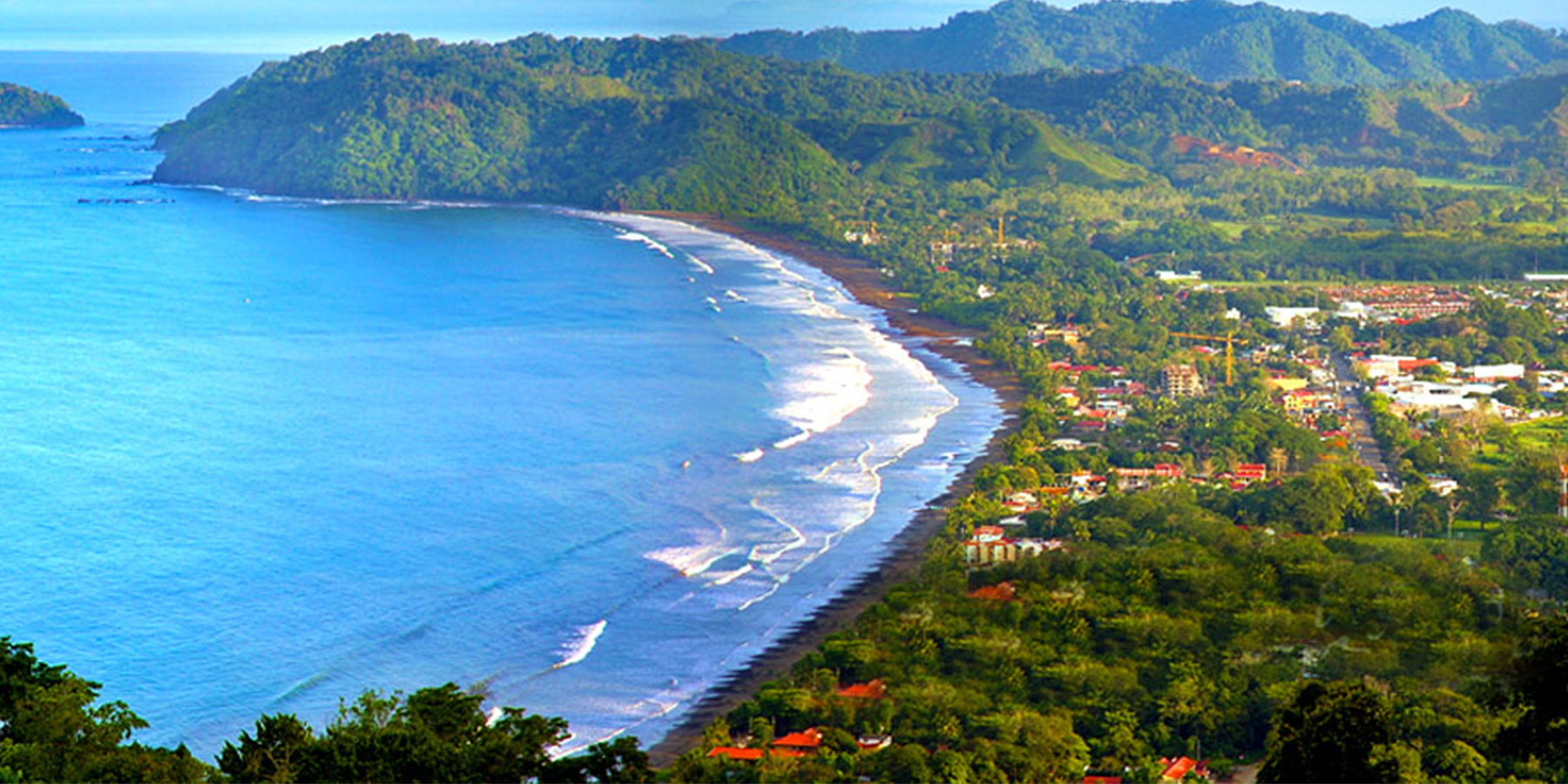Alajuela

Costa Rica’s second city is also home to one of the country’s most famous figures: Juan Santamaría, the humble drummer boy who died putting an end to William Walker’s campaign to turn Central America into slaving territory in the Battle of Rivasin 1856. A busy agricultural hub, it is here that farmers bring their products to market.
Alajuela is by no means a tourist ‘destination.’ Much of the architecture is unremarkable, the streets are often jammed and there isn’t a lot to see. But it’s an inherently Costa Rican city, and, in its more relaxed moments, it reveals itself as such, where families have leisurely Sunday lunches and teenagers steal kisses in the park. It’s also a good base for exploring the countryside to the north.
Read more about Alajuela on Lonely Planet!
Jaco

Few places in Costa Rica generate such divergent opinions as Jacó. Partying surfers, North American retirees and international developers laud it for its devil-may-care atmosphere, bustling streets and booming real-estate opportunities. Observant ecotourists, marginalized Ticos and loyalists of the ‘old Costa Rica’ absolutely despise the place for the exact same reasons.
Jacó was the first town on the central Pacific coast to explode with tourist development and it remains a major draw for backpackers, surfers, snowbirds and city-weary josefinos (inhabitants of San José). Although working-class Tico neighborhoods are nearby, open-air trinket shops and tour operators line the tacky main drag.
Read more about Jaco on Lonely Planet!
San Jose

Chances are San José wasn’t the top destination on your list when you started planning your Costa Rica trip, but give this city a chance and you just might be pleasantly surprised. It’s true that Chepe – as San José is affectionately known – doesn’t make a great first impression, with its unremarkable concrete structures and honking traffic, but it’s well worth digging deeper to discover the city’s charms.
Take your time poking around historic neighborhoods like Barrio Amón, where colonial mansions have been converted into contemporary art galleries, restaurants and boutique hotels. Stroll with Saturday shoppers at the farmers market, join the Sunday crowds in Parque La Sabana, dance the night away to live music at one of the city’s vibrant clubs, or visit the museums of gold, jade, art and natural history, and you’ll begin to understand the multidimensional appeal of Costa Rica’s largest city and cultural capital.
Read more about San Jose on Lonely Planet!
